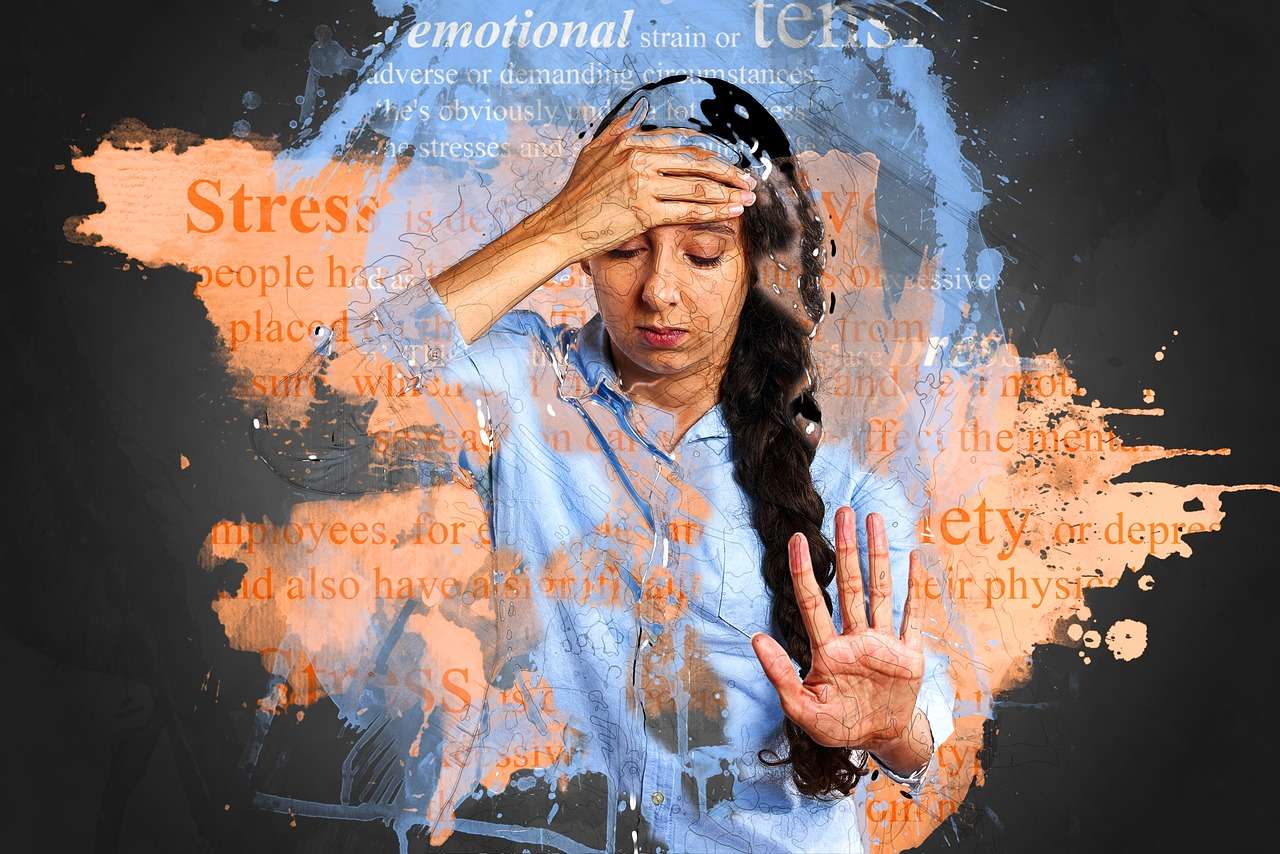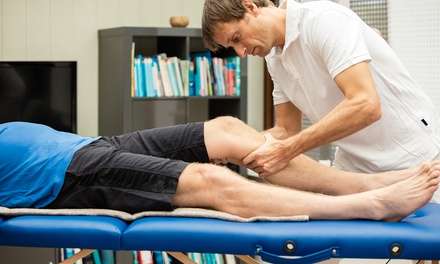Many people with interstitial cystitis/bladder pain syndrome (IC/BPS) and their physicians are turning to physical therapy to help ease IC/BPS symptoms and pain. This kind of therapy is especially helpful if you have pelvic floor dysfunction (PFD). Physical therapy may take several forms:
Many of the urinary, bowel, or sexual symptoms IC/BPS patients experience can be signs of PFD, including:
- Urinary urgency, frequency, or hesitancy, stopping and starting, painful urination, or incomplete emptying
- Constipation, straining, pain with bowel movements
- Unexplained pain in your low back, pelvic region, genital area, or rectum
- Pain during or after intercourse or orgasm
The pelvic floor is a group of muscles that attaches to the front, back, and sides of your pelvis and to the tailbone and sacrum. These muscles support your pelvic organs, including the bladder, uterus or prostate, and rectum, and wrap around your urethra, vagina (in women), and rectum. Coordinated contraction and relaxation of these muscles helps control bladder and bowel function.
In patients who have IC/BPS or other pelvic pain conditions, these muscles may be tight or in spasm, have a combination of tightness and weakness, or have pain-triggering spots or knots called “trigger points.” Pain “referred” from internal organs, such as the bladder, may set off these muscle problems, but the muscle problems themselves can also set off bladder symptoms. Pain can also be “referred” to the skin and other muscles, such as in your lower abdomen, lower back, buttocks, thighs, and perineal area. Pain there can also “refer” back to your internal organs, contributing to your symptoms.
Physical therapy to treat these problems can go a long way toward easing your pain and bladder symptoms. The physical therapy techniques that help relax and lengthen tight muscles and release trigger points are different from the ones that help incontinence patients, who mainly need to strengthen the pelvic floor through Kegel exercises.
Your physical therapist (PT) should be specially trained in the techniques that help IC/BPS and pelvic pain patients.
When you start working with a knowledgeable PT, she or he will usually do an assessment before starting therapy. Assessment can include looking for external muscle problems and an internal exam. If you cannot tolerate an internal exam, that can be postponed until you can.
Your PT may also look at how you stand, walk, and sit in order to judge whether your joints and posture may affect your pelvic floor. Bone and muscle problems in your lower back, hips, sacroiliac joint, buttocks, or thighs can stress your pelvic floor muscles, contributing to your pelvic pain.
Hands-On Therapy
The mainstay of physical therapy for pelvic pain is hands-on treatment. That should include both external and internal techniques, although therapists will not use internal techniques until you are comfortable with them. External techniques may include:
- skin rolling
- deep tissue massage, often called “myofascial release”
- trigger-point therapy to release tight spots or “knots”
- nerve release
- joint mobilization
To treat your pelvic floor internally, the therapist may insert a finger or an appropriate instrument in the vagina or rectum to massage the muscles and connective tissue directly and to release trigger points. A common trigger point release technique is to put pressure on the spot until it relaxes. Sometimes anesthetics can be injected into these trigger points. PTs may do this in a few states, but in most states, a doctor or nurse must administer injections. Internal massage can also help to release nerves.
Helpful Tools PTs Use
PTs also use a variety of devices to help you learn to relax your pelvic floor or to treat your pelvic pain directly.
- Biofeedback uses electrodes placed on your body (on the perineum and/or the area around the anus) or probes inserted in the vagina or rectum to sense how tense or relaxed your pelvic floor muscles are and display the results on a computer or other device. These cues can help you learn to relax those muscles. You may be able to buy or rent a unit to use at home.
- Electrical Stimulation stimulates your pelvic floor muscles directly through a small probe inserted into the vagina or rectum. This may help desensitize nerves or even cause muscles to contract and relax. Stimulation through electrodes placed on your body may be used to calm pain and spasms. These units can be used at home.
- Interferential Therapy is a kind of electrical stimulation delivered from electrodes placed on the skin. The impulses “interfere” with each other at the point of pain deep in tissues and can replace and relieve the sensations of spasm. These units can be used at home.
- Ultrasound uses high-frequency sound waves applied through a wand or probe on your skin to produce an internal image or to help treat pain. Real-time ultrasound can let you see your pelvic floor muscles functioning and help you learn to relax them. Therapeutic ultrasound uses sound waves to produce deep warmth that may help reduce spasm and increase blood flow or, on a nonthermal setting, may promote healing and reduce inflammation. Newer ultrasound devices administer low-frequency, low-intensity waves and can be used at home.
- Cold laser applies low-intensity laser light to the tissue and may help with pain, inflammation, and wound healing. Some devices have FDA approval for temporary relief of minor muscle aches, joint pain and stiffness, and for relaxation of muscle spasm, and increased local blood flow where they are trapped or pinched by muscles.
Find a Knowledgeable PT
Many physicians who treat IC/BPS now work with PTs who they know are experienced in IC/BPS and pelvic pain treatment techniques. But the ICA and other organizations can help you find a qualified PT as well.
Interstitial Cystitis Association (ICA)
- Search for a PT in the ICA’s Healthcare Provider Registry
- Email us at [email protected]
American Physical Therapy Association (APTA)
- Use the APTA’s Find a PT database. Choose “Women’s Health” as the expertise.
- Or call the association at (703) 684-APTA (2782) or 800-999-APTA (2782).
International Pelvic Pain Society (IPPS)
- Look for a PT in the “Find a Provider” section of the IPPS website. Enter your country and state if you are in the United States.
- Call the IPPS at 847-517-8712 in the United States or email [email protected].
Ask the PTs you contact about their expertise in treating IC/BPS and pelvic pain and about their training in techniques specifically for pelvic pain, through continuing education courses or through the APTA’s Certificate of Achievement in Pelvic Physical Therapy program.
Paying for Therapy
Health insurance benefits for physical therapy for IC/BPS and PFD vary. The good news is that insurance coverage is improving. Before you start physical therapy, find out whether your plan covers it and ask what diagnoses it will pay for. For example, some may pay for therapy for “pelvic pain” but not for IC/BPS. It can also help to check your state’s laws. For example, although California requires HMOs to pay for many services, you may need to remind the HMO of these requirements. In addition, some PTs do not participate in insurance plans. You may be required to pay out of pocket and submit the bills to the insurance company yourself for reimbursement.
If you have to pay out of pocket entirely, one way to keep your costs down is to ask your PT to train you to do home treatment.
Education and At-Home Programs
Your physical conditioning, muscle tension, posture, alignment, nutrition, and urinary and bowel habits can all play a role in pelvic pain. That’s why your PT will teach you things to do at home that build on the therapies not done in the offices.
Because the main goal of therapy for IC/BPS patients is to learn to control and, especially, relax the pelvic floor, your PT may teach you general relaxation techniques, stretches for the leg and back muscles, how to maintain good posture, and visualization—part of learning to sense your pelvic floor muscles and to relax them.
Some PTs may show you and even a partner how to massage muscles and treat trigger points both externally and internally with a finger or an appropriate tool. Biofeedback or other instruments can also be part of a home treatment program. As you progress, the PT may give you strengthening exercises for any weak muscles in your core or extremities.
Kegel exercises are not appropriate in the beginning for IC/BPS patients. But after you learn to relax your pelvic floor, your therapist may teach you Kegel-like exercises to help you learn to control your pelvic floor muscles.
PTs can also teach you bladder and bowel retraining techniques to help you control and reduce urgency, frequency, and incomplete emptying. They can help you make dietary changes to avoid bladder irritants and constipation and to maintain good nutrition. They can also tell you how best to use heat and cold for comfort.
Check out information on pelvic floor dysfunction (PFD).



